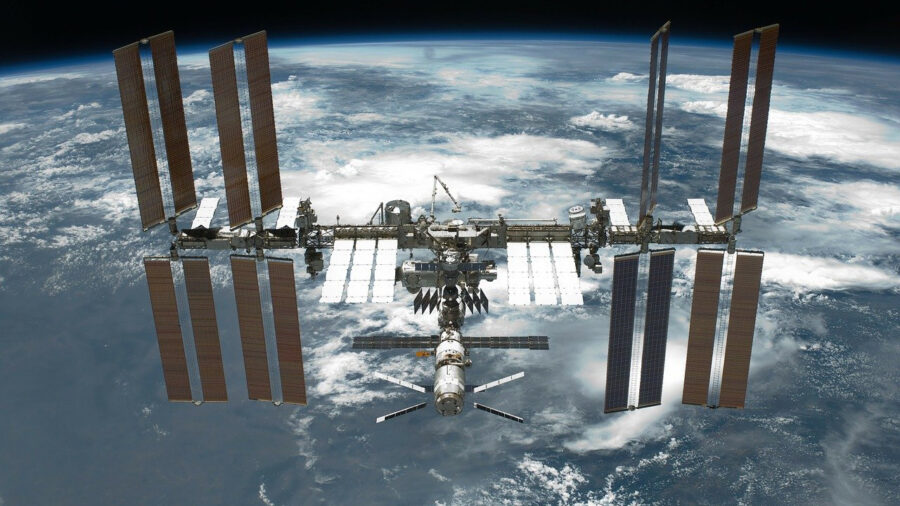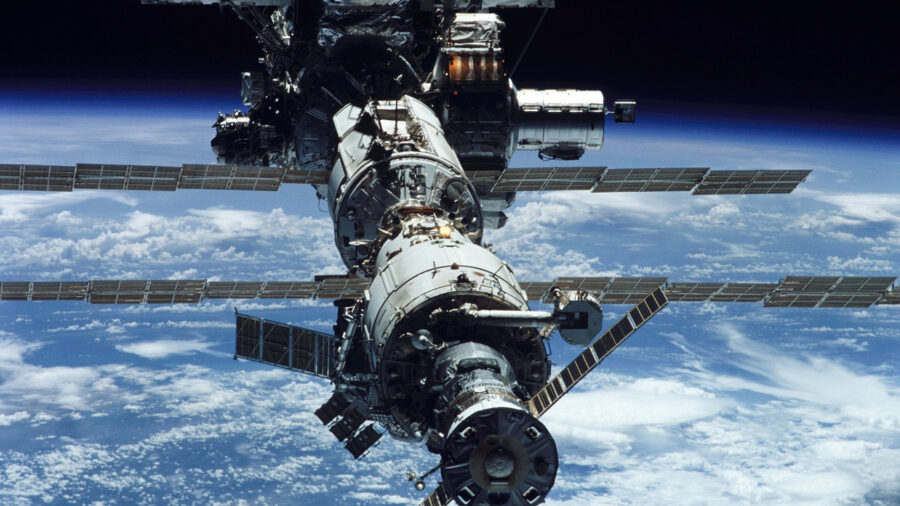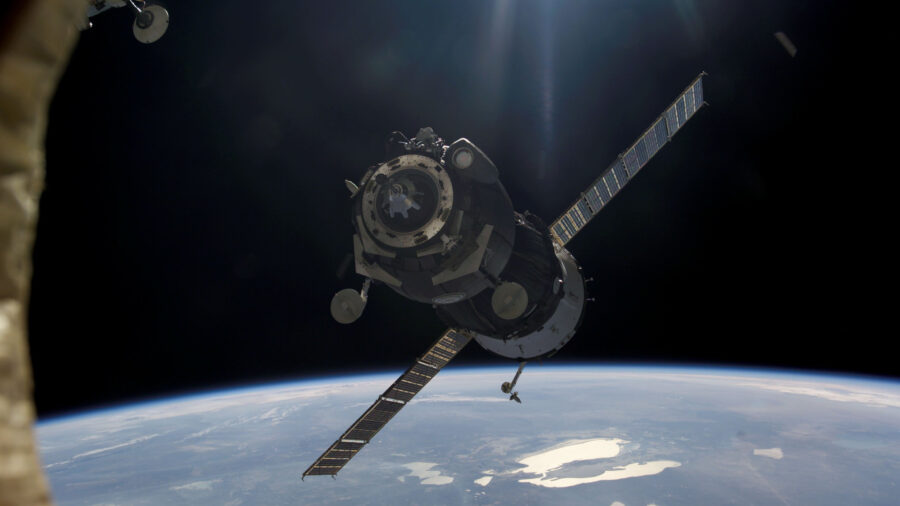The International Space Station Is Leaking Air
There is a mystery aboard the International Space Station.
This article is more than 2 years old

Months after noticing an air leak on the International Space Station, it looks as though NASA and the ISS crew might finally be close to finding an explanation for the terrifying problem.
According to NASA, the problem has existed for a year, when there was an increase in the standard cabin air leak rate noticed in September 2019. Since discovering the problem, the rate has increased slightly, yet the leak does not present any danger to the crew or the International Space Station currently.
In August, the three members of Expedition 63 – Chris Cassidy, Ivan Vagner, and Anatoly Ivanishin – spent a weekend in the Russian segment of the International Space Station to try and isolate the leak and figure out where it was coming from. On September 28, the Expedition 63 crew continued their attempt to troubleshoot the small leak. The tests involved closing the hatches around the station so that NASA could check the air pressure in each section.

The latest tests have discovered that the leak location is in the main work area of the Zvezda Service Module, with additional work underway to try and find the exact source of the leak. The leak has supposedly been caused by a temporary temperature change on the International Space Station, but the rate of the leak has neither increased nor decreased. The team previously conducted leak checks in the U.S., European and Japanese modules of the U.S segment of the station.
The next few weeks will keep the team of the International Space Station occupied, as they will be receiving the Northrop Grumman Cygnus cargo craft this weekend. The launch will occur on Thursday night from the Wallops Flight Facility in Virginia. In October, the next group of residents will reach the station, NASA astronaut Kate Rubins and cosmonauts Sergey Ryzhikov and Sergey Kud-Sverchkov. This trio is currently at the Baikonur Cosmodrome in Kazakhstan and are currently preparing for their launch which will occur on October 14.

This isn’t the first leak to occur at the International Space Station. In 2018, Russia’s Soyuz spacecraft investigated a small hole. The Russian team originally thought that the leak was caused by a small meteorite, but instead turned out it was made inside the Soyuz, possibly with a drill. Dmitry Rogozin, the head of Roscomos – Russia’s space agency – said that they had discovered the source of the hole, yet refused to divulge the information to NASA.
The International Space Station was first sent into space in 1998, and the first leak was discovered in November of 2004. NASA astronaut Michael Foale discovered another small air leak that confounded controllers. Foale discovered the leak in a cable called the vacuum jumper, where the hose connected with a harness at a window’s edge. NASA also had to seek out another air leak in 2007 after the station installed the Harmony module.
The International Space Station has been quite busy these last few months, as NASA and SpaceX’s Demo-2 was the first crewed commercial mission to the lab, and the astronauts finished spacewalks to fix a broken dark-matter detector and to upgrade the station’s batteries.











